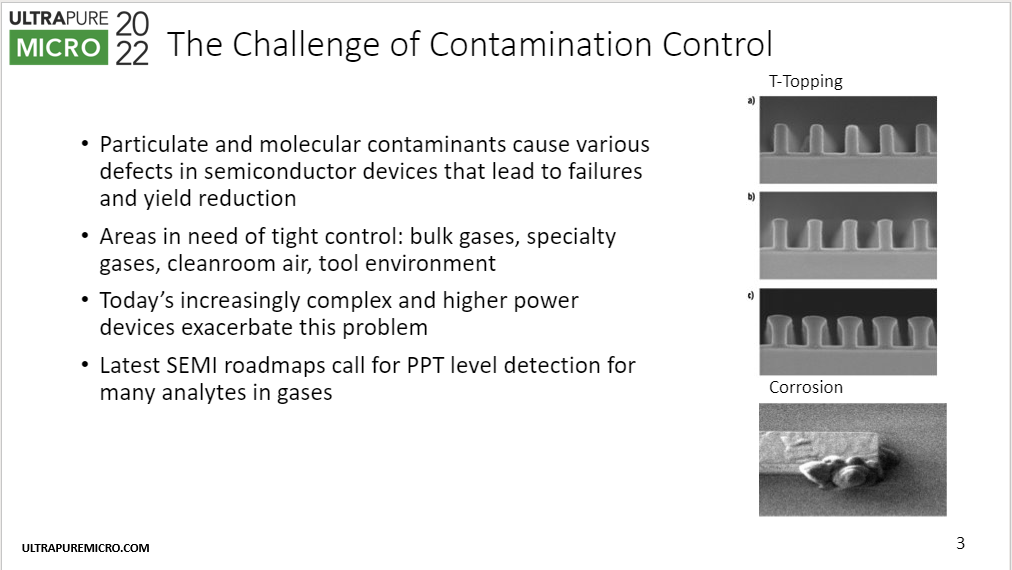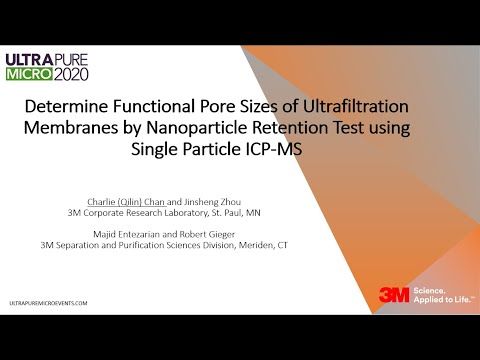Review of Nanoparticles in Ultrapure Water
Date Published 2017 | UPW journal archive
To access our resources you will need to be a member of UltraFacility, log in to your account or purchase a membership to view this content.
Ultrapure water (UPW) is one of the main materials for electronics fabrication and therefore, it needs to be monitored for critical parameters such as nanoparticles (NP). The state-of-the-art online measurement techniques are challenged by particles at the killer particle sizes smaller than 10 nm. Due to the uncertainties in NP detection, the identification of NP sources and sinks in UPW system is limited nowadays. This review article aims to give an overview on the current developments and perspectives in metrologies for detection and control. The following topics will be discussed: transferability of general definition of NP to UPW, state-of-the-art particle analytics, sources and sinks of NP in UPW systems as well as dominant particle interactions responsible for NP contamination. This article was originally published in the Ultrapure Micro Journal in November 2017.
Related content
Development of an Online Urea Monitor for Ultrapure Water Production in Semiconductor Fabrication Plants

Multi-Species PPT-Level Impurity Detection in Electronic Bulk Gases Using Atmospheric Pressure Ionization Mass Spectrometry
THM – A Novel Sustainable Approach as a Global Solution for UPW Applications

Determine functional pore sizes of ultrafiltration membranes by nanoparticle retention test using single particle ICP-MS
Back to results